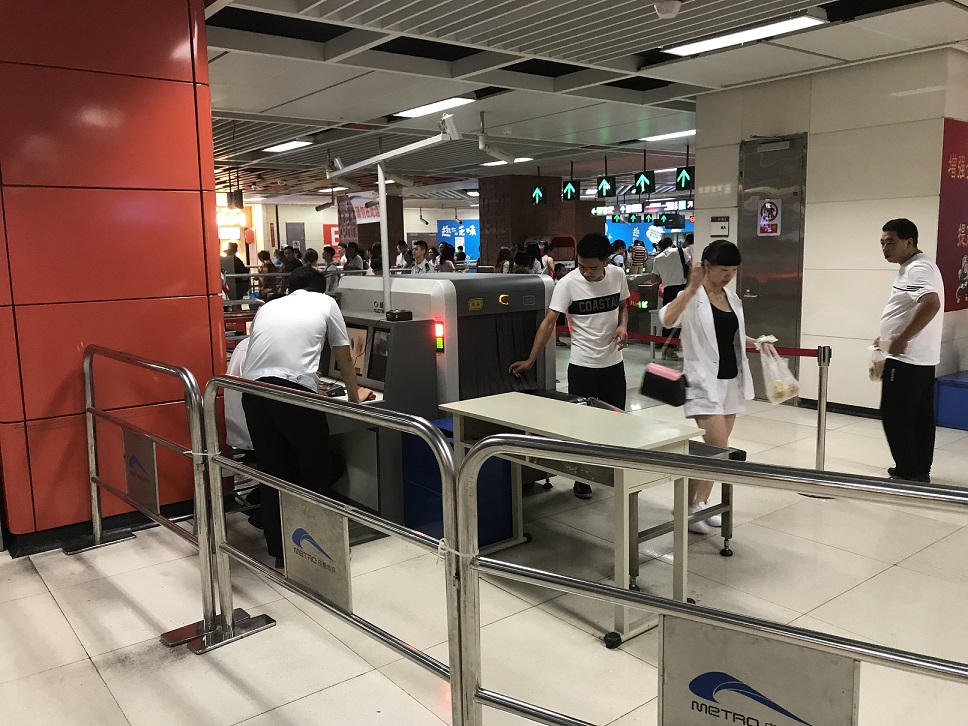This post is also available in:
 עברית (Hebrew)
עברית (Hebrew)
A new research offers safer and more effective airport security scanning that could work to decrease waiting times. The research follows the alarming results of an internal investigation led by the TSA (US Transportation Security Administration) in 2015, that demonstrated that in 95% of trials, undercover investigators could sneak in mock explosives or banned weapons via the tested security checkpoints.
The research initiated by Queen’s University in Belfast, Northern Ireland offers a solution for safer and faster airport security scanners that will reduce the security scan time from 10 seconds to less than a tenth of a second, by cutting data processing time. The research will employ ground-breaking radar technology, image processing algorithms and deep learning schemes, according to airport-technology.com.
The research received the £1m Leverhulme Research Leadership Award. The team leader, Dr Okan Yurduseven, from the School of Electronics, Electrical Engineering and Computer Science, stated that the award “will allow us to create technology that is fully electronic, rather than manually operated, and this will allow the scanners to process the images in real-time. We think the entire scan process should be completed in less than a tenth of a second.”
“By integrating machine learning into the design process, we will substantially reduce the false alarm rates in detecting threat objects. The outcome of this project will be of vital importance to ensure the safety of the public right across the globe.”
“In order to do this we will use state-of-the-art millimetrer-wave radar systems. We expect that the end result will be a much more effective system, leading to safer outcomes and reduced waiting times, so hopefully shorter queues at airports and other venues that use these scanners.”
The team wants to develop the new technology within a five-year timeframe.


























